Origin
The story of Huis Wylerberg begins with Marie Hiby, born on the 2nd of September 1867 in Altendorf in the Northern Ruhr area. Marie’s parents own shares in the Dr. Carlos Otto & Company; a company specialized in ovens, heat resistant materials and cokes. This later turns out to be an important reason why Marie is able to build Huis Wylerberg.
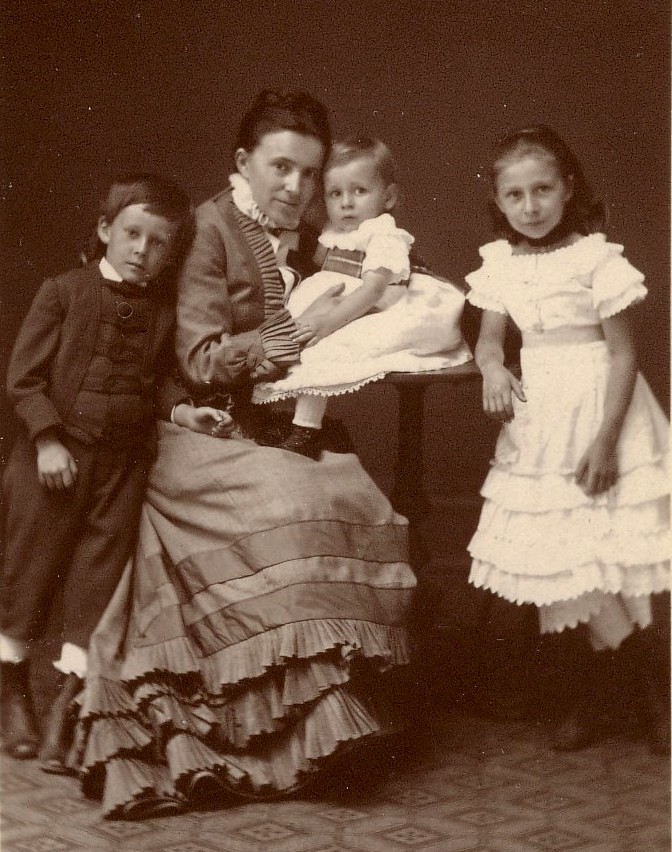
Childhood photo of Marie Hiby (on the right), her mother, brother and sister.
In her teenage years, Marie works as a maid for the befriended British family Christie in Birmingham. She there forms a close bond with one of the sons: Malcolm Grahame Christie. After the death of Marie’s father in 1888, Marie and her mother move to Kleve. Marie marries Heinrich Schuster in 1890. After having subsequently lived in Koblenz for a couple of years, the pair then moves to Aurich, East Frisia, where Marie gives birth to her only daughter Alice in 1893.
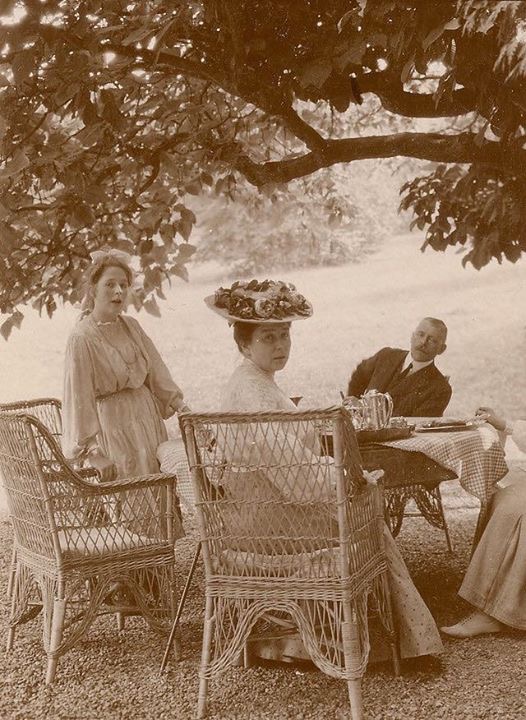
Marie Schuster-Hiby (middle) with her daughter Alice and husband Heinrich.
Because Marie does not feel at home in Northern Germany, the family decides to move to the then still German Alsace–Lorraine region (near Metz). They take up residence in het country house named Lorry. With the outbreak of the first World War in 1914, the house is fatefully located in the middle of the first wave of attack. The Schusters therefore experience the consequences of the war from up close.
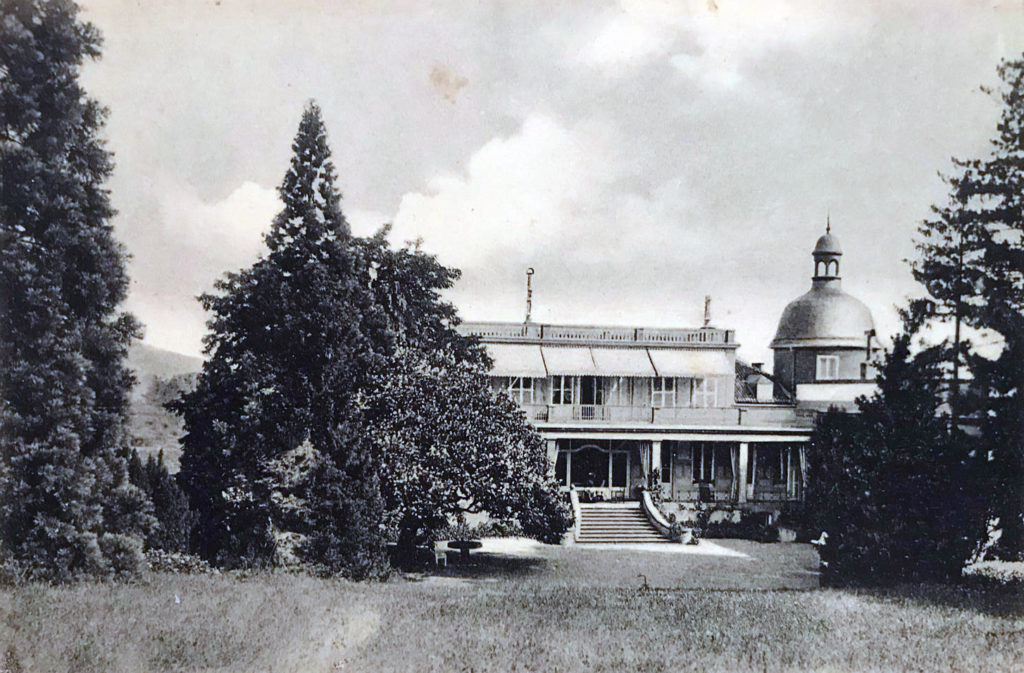
The country house Lorry in Alsace-Lorraine.
In a nearby field hospital in Metz, those injured in the war are being taken care of. Also Hermann Göring, who was a pilot at the Luftwaffe at that point. Göring is a distant relative of Marie’s: her uncle (by marriage) is a cousin of the father of Göring. He regularly visits her in house Lorry while recovering from the injuries he picked up during an air battle.
When the first World War ends in 1918, Germany is obligated to cede the region of Alsace-Lorraine to France, requiring all Germans living there to move away. The Schusters move to the city of Tübingen, where Heinrich becomes terminally ill and dies in 1921.
From that moment on, Marie directs her attention on the realisation of her dream house. She inherited the estate of the Duivelsberg from her mother in 1906. There, between the German Wyler and the Dutch village of Beek, the Huis Wylerberg is established. Marie creates its design together with architect Otto Bartning, whom she had met in Berlin. Marie is a great admirer of Expressionism, a style for which Bartning and his architectural designs is also known.
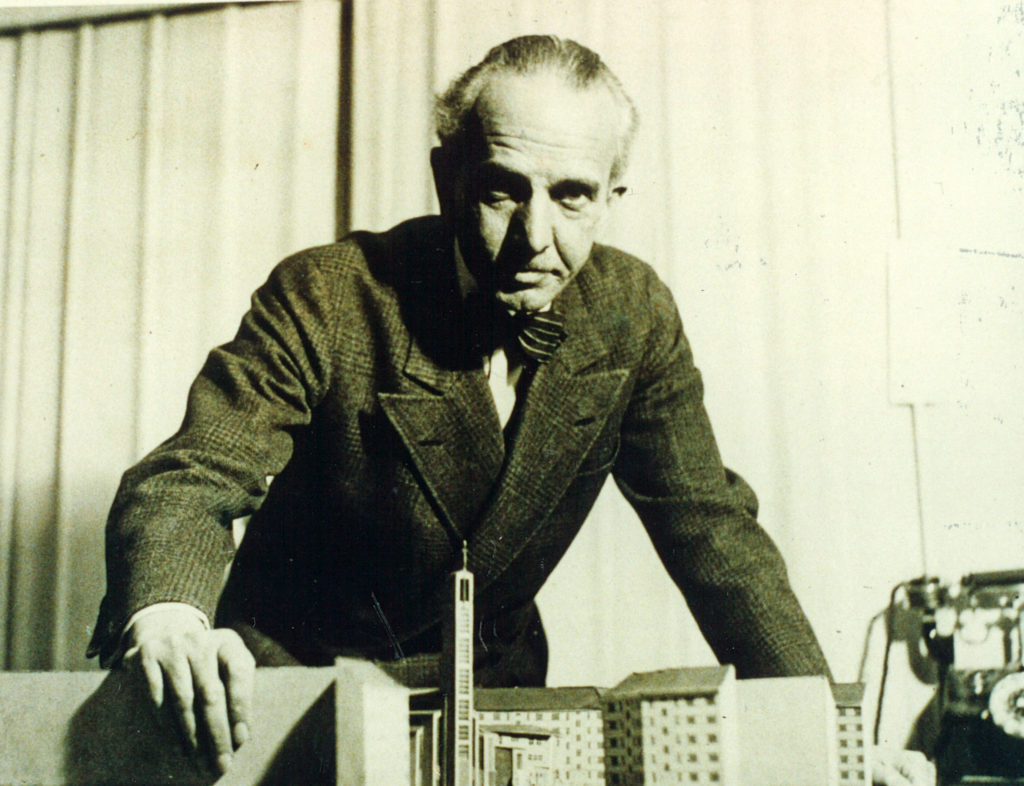
Otto Bartning, architect of Huis Wylerberg.
Marie’s love of nature and the house’s surroundings is also apparent in the positioning of the house. For example, she ensured that the original design made a quarter turn so as to save the two young chestnut trees at the back of the house.
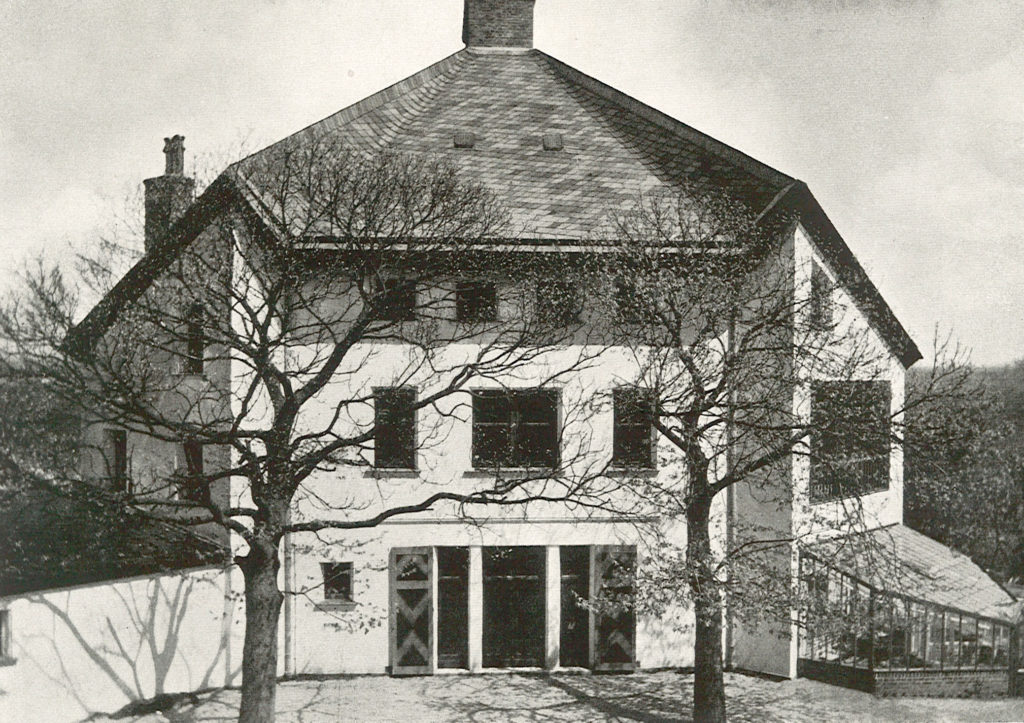
The back of Huis Wylerberg with the two original chestnut trees.
The hexagonal house is meant to convey a crystal rising from the hillside. The first shovel is put in the ground in 1921. First, a porter’s house is built for the carpenter and the bricklayer, after which they can start building Huis Wylerberg. In 1924, the construction of the building is finished.
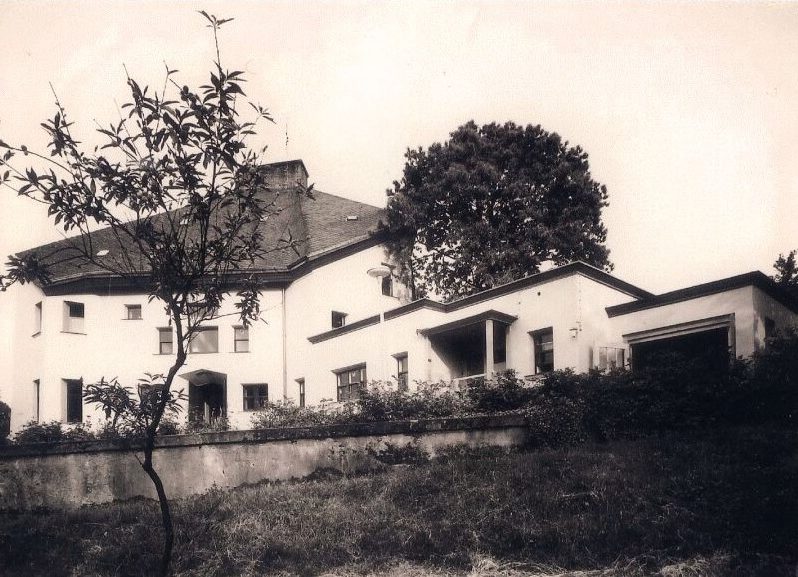
The front side of Huis Wylerberg.
